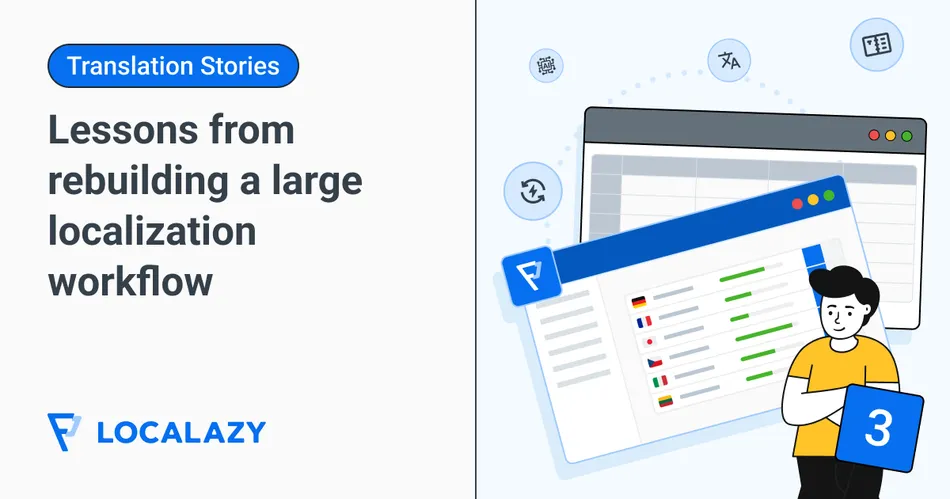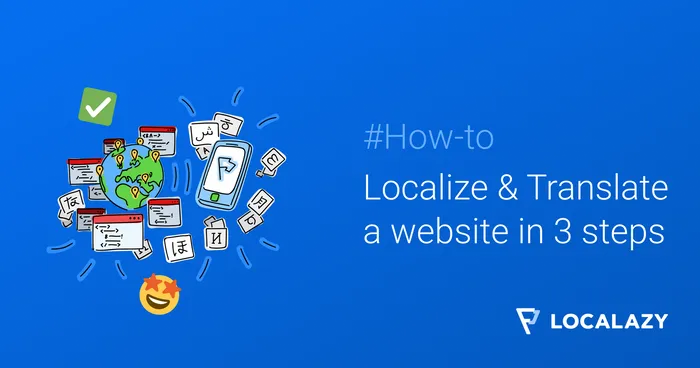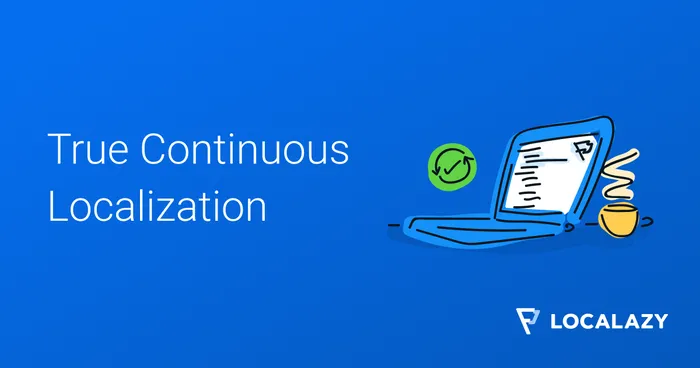When I joined Survio as a content and localization specialist, the ride that followed was amazing, packed with challenges, wins, and lessons learned involving spreadsheets, AI, and the quest for the perfect localization workflow. Here’s my collection of personal conclusions you will benefit from on your localization journey, which might change the way you approach your next projects.
📋 Use case behind this story 🔗
I didn’t come to Survio through the usual marketing route. My background was in sales in the localization industry, with only a passing knowledge of marketing and related fields. But thanks to a lucky break (and the trust of Survio’s founder, Ondřej Coufalík), I landed the role of content specialist, which eventually expanded to managing multilingual localization.
Upon my start in 2020, Survio already spoke 17 languages across its app, website, and help center. Translations were handled partly in-house and partly by freelancers who knew the product inside out. It worked… up to a point. But with every new release request, it became clear that we needed a centralized process to get all languages ready to launch at the same time.
That’s when we teamed up with a translation agency. The benefits were obvious — coordinated delivery times, consistent quality, and a reliable workflow. But we quickly hit a snag: how to move content between Survio’s custom CMS and the agency’s TMS without creating chaos in versions and updates? To keep things simple at first, we went with spreadsheets. Not glamorous, but workable. 🤷 Once translations were ready, they were imported back into the CMS.
With every new release request, it became clear that we needed a centralized process to get all languages ready to launch at the same time. We teamed up with a translation agency, but manual processes quickly turned into e-mail ping-pong
This system let us assign tasks, exchange files, and track progress nicely, but it all had to be done manually. When a translated piece didn't fit (particularly in the app layout) or needed a review due to terminology inconsistencies, communication quickly turned into e-mail ping-pong. Time-consuming? Absolutely. Something that would clearly deserve automation? Even more so.

When OpenAI, ChatGPT and LLMs arrived, I started experimenting with the idea of bringing translation back in-house. The payoff was obvious — considerable cost savings and better control over what the content communicated in each language. But it also dumped a huge load on my shoulders: checks for completeness, accuracy, consistency, tone of voice, and more. To keep it manageable, I created a list of universal prompts, aligned with preferred terminology, and carefully tweaked them to get translations that grammatically and semantically worked. It wasn’t until later that I discovered Localazy and all the magic it can do in localization.
💡 Important lessons learned 🔗
Lesson 1: A solid term base builds trust 🔗
One of the biggest lessons I learned in localization is the power of a term base. If you manage multiple languages or publish content across different environments (website, app, help center, blog) consistency is everything. Call the same thing by three different names and you confuse users, dilute trust, and risk your reputation. The result? Prospects lose interest, customers churn, and revenue takes a hit.
Back then, without a solution like Localazy, my QA process was simple: I relied on a single spreadsheet to keep terminology in check. Every time a project went to the agency, I had to share the latest version. Later, when ChatGPT entered the mix, I started inserting specific terms into prompts to enforce accuracy and consistency. It worked, but it was rather clunky.
Localazy’s term base makes this so much easier. Your industry-specific and product-related terms are applied automatically to every project, giving translators context and locking in preferred translations across all target languages. Yes, you’ll need to invest time upfront to build the term base properly — but it’s not rocket science, and you will get a “how-to” walkthrough during the introductory onboarding. Once the term base is in place, your only task is keeping it fresh. 🔄
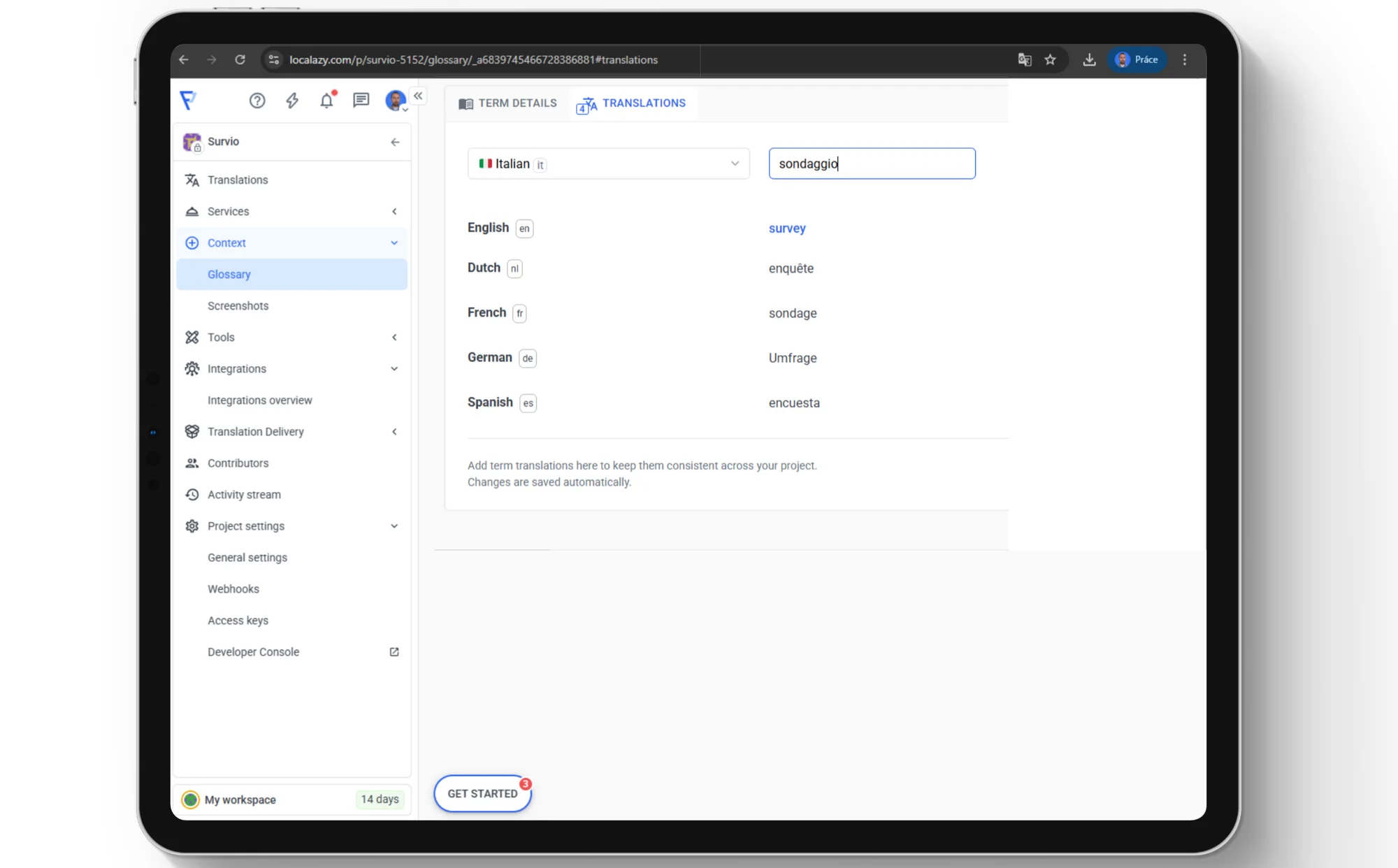
Lesson 2: A single content source is better 🔗
This is one of those rare cases where one really is more than two. Your CMS setup can make or break content management, and as the person responsible for it, you either adapt to what’s there, or convince stakeholders that change is worth the effort.
Sure, there are situations where multiple content sources make sense. But in my experience, a single repository is far more practical – it makes content easily traceable, keeps terminology consistent, and saves endless back-and-forth. And picking a CMS isn't just about a tool. It’s about finding a solution that fits your workflow, scales with your projects, and empowers you to deliver efficiently.
When you start managing a CMS setup, you can either adapt to what's there or convince stakeholders that change is worth the effort. I recommend a single repository instead of multiple sources
As any search for "best CMS in 2025" will show, there’s no shortage of options, and choosing the right one takes real investigation. Whatever you land on, make sure that your translation management system is compatible with it. Localazy integrates with many popular CMSs like Strapi, Webflow or Directus, making the workflow nearly seamless. Add new content and your project contributors get notified right away. Once translations are done, they flow straight back into the CMS, ready for your dev team to release.
Lesson 3: Spreadsheets work... until they don't 🔗
Spreadsheets were my go-to for managing localizations up to that point. Compared to clumsy Word files, they felt like a big step forward. I could track versions, list alternatives, add lines with preferred terminology, and even map content IDs from the CMS. Whenever the wrong text slipped into production (whether due to a mismatched ID or a correct ID holding the wrong copy) the spreadsheet was my source of truth.
But as projects grew larger and more complex (for example, when adding a new language to cover all web and app content), spreadsheets quickly showed their limits. 😬 Finding the right file, checking IDs against the CMS, and keeping everything updated became a time sink. That’s exactly where Localazy shines — handling updates and changes automatically, with built-in notifications for new content or review requests.
And if you’re working with UI/UX design tools like Figma, it gets even better. With the Localazy plugin you can push source text straight from Figma, translate it with glossaries, translation memories, and other linguistic assets, and then pull the finished content right back into your design. No copy-pasting, no chaos — just seeing translations in context, where they belong. That was a real game-changer for me.
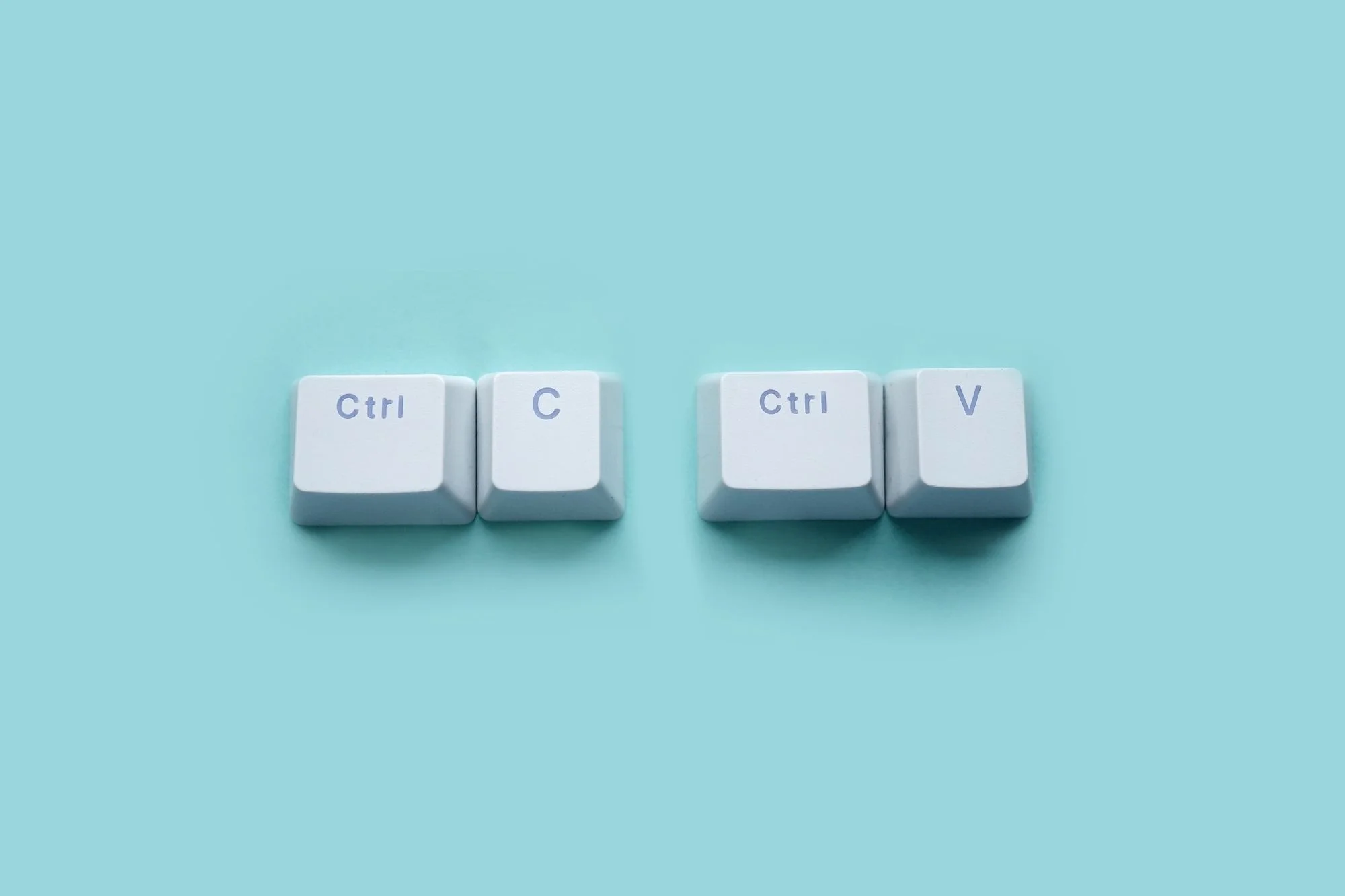
Lesson 4: AI: Great helper, terrible boss 🔗
The internet doesn't lack hot takes on ChatGPT, so I won’t add to the noise. What matters for localization is this: AI can be an incredible assistant, but only if you stay in charge.
Why is AI bad for localization if you don't guide it clearly? Because getting good results depends on carefully crafted prompts, rigorous checks, and a healthy dose of skepticism. AI outputs often look polished and convincing — yet they can still miss the mark on facts, tone, or terminology.
That’s why I find Localazy’s approach so powerful. It doesn’t just rely on a single AI engine; it gives you access to Google Translate, Amazon Translate, and DeepL, plus the option to directly integrate OpenAI. Each translation can be cross-checked against suggestions from other engines, shared translation memory, and glossary matches. The result is that translations are accurate, consistent, and aligned with your style, without the guesswork of standalone prompting.
Lesson 5: Breaking old habits pays off 🔗
It’s easy to stick with what’s familiar, avoiding new tools or workflows just to stay in the comfort zone. But in localization, clinging to old habits can mean poor efficiency, slower growth, and higher costs. Thoughtful, gradual change towards something innovative or scalable, on the other hand, can always help you get a competitive advantage.
In localization, clinging to old habits can mean poor efficiency, slower growth, and higher costs. Gradual change towards a scalable system can, on the other hand, give you a competitive advantage
That’s why it’s worth keeping an open eye (and an open mind). Try out new tools that might bring a real benefit to your business. Maybe they’ll simply confirm your current setup is solid. Or maybe you’ll discover new opportunities to automate, cut costs, save time, or increase productivity. Either way, you win.

🏁 Build a system now, reap the benefits later 🔗
Looking back at my Survio journey, one thing that stands out is that localization is never just about translation. It’s about building systems, shaping habits, and choosing the right tools so your content stays clear, consistent, and impactful, no matter how many languages you handle. And while spreadsheets, e-mails, or even AI hacks can get you started, they’re rarely enough to scale. The sooner you set up processes that are efficient, automated, and adaptable, the smoother your growth will be.
For me, localization is about building systems, shaping habits and choosing the right tools to make your content clear, consistent, and impactful
If you’re a manager standing at the edge of multilingual translation, you probably have questions like:
- Should I keep translations in-house or outsource?
- Which CMS or TMS is worth the investment?
- How do I keep track of content versions?
- Is it safe to bring in AI, and how do I get the most of it?
- What's the best way to maintain translation quality in multiple languages?
These are the right questions. And asking them early makes all the difference.
The good news is you don’t need to stitch together a dozen tools to find the answers. Localazy was built to handle exactly these challenges – from maintaining a living term base and integrating smoothly with popular tools, to automating updates that wipe out spreadsheet headaches and involving machine translation engines that work side by side with your context. It takes the manual busywork off your plate and keeps your translations aligned in one streamlined workflow. Check it out for free and see how fast your localization process levels up.
